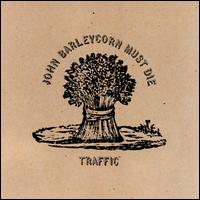
Me, with my “scythe” (a big butcher knife), harvesting barley in April 2009. (Where I live, it gets planted in November, and harvested the next Spring.)
If you live in the northern half of the United States or the southern part of Canada — or in the corresponding latitudes elsewhere in either hemisphere — it’s time to think about planting barley. In these cooler regions, barley is planted in the spring. It is typically harvested between 100 and 130 days later. In warmer regions, it is planted in the fall as a winter barley.
Brewers can plant barley for decoration, or they can harvest it and use the resulting grain in their beer. You can use unmalted barley as an adjunct, especially for farmhouse-style ales, or you can try your hand at malting the barley.


Recent Comments